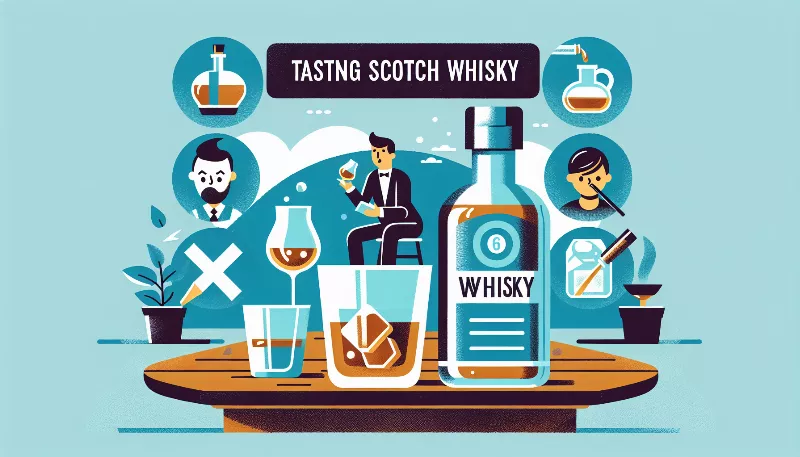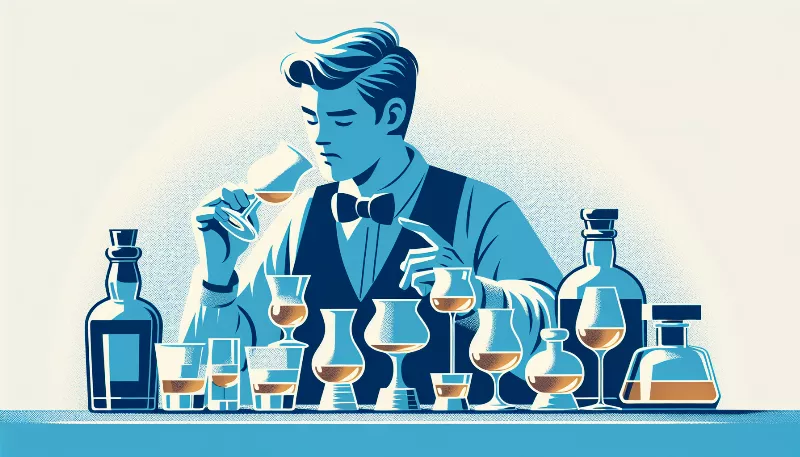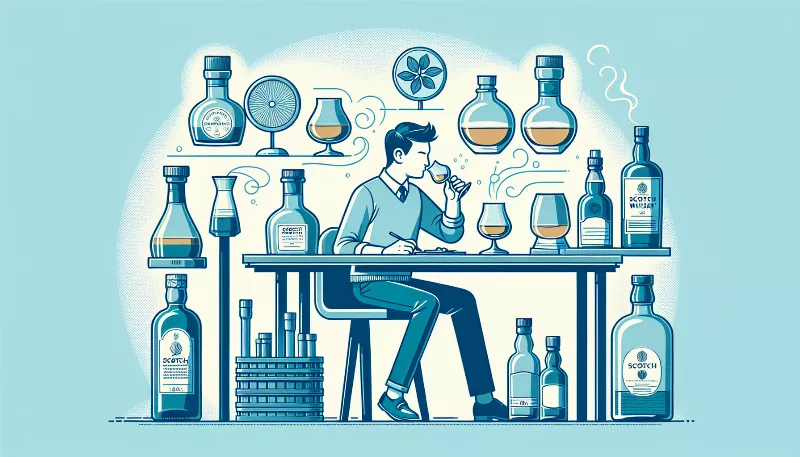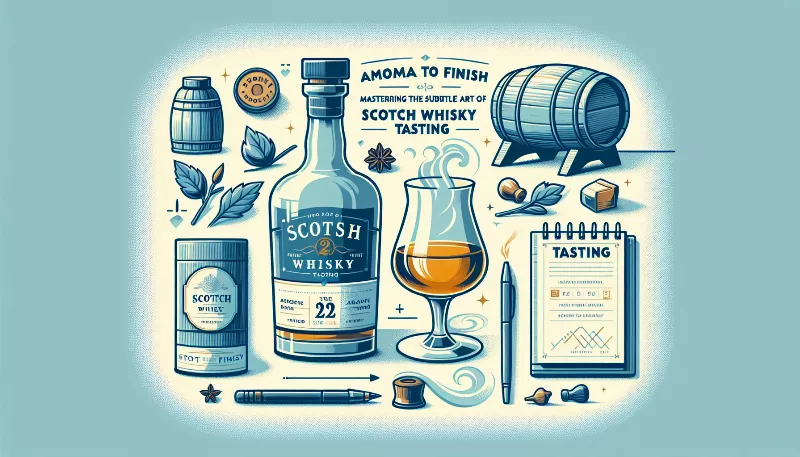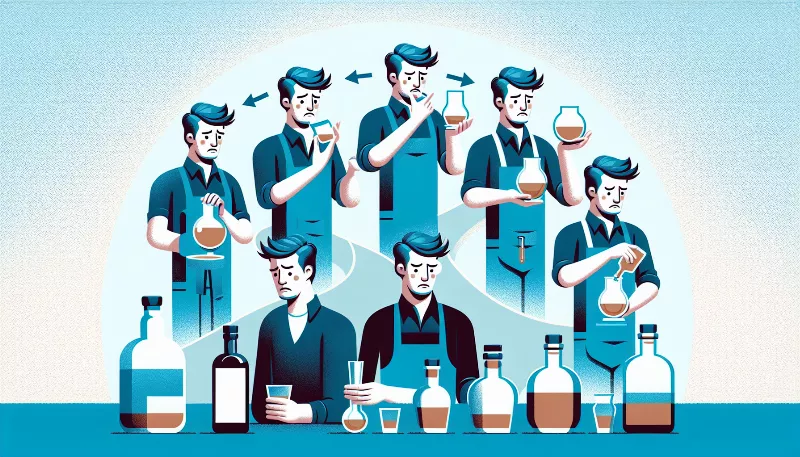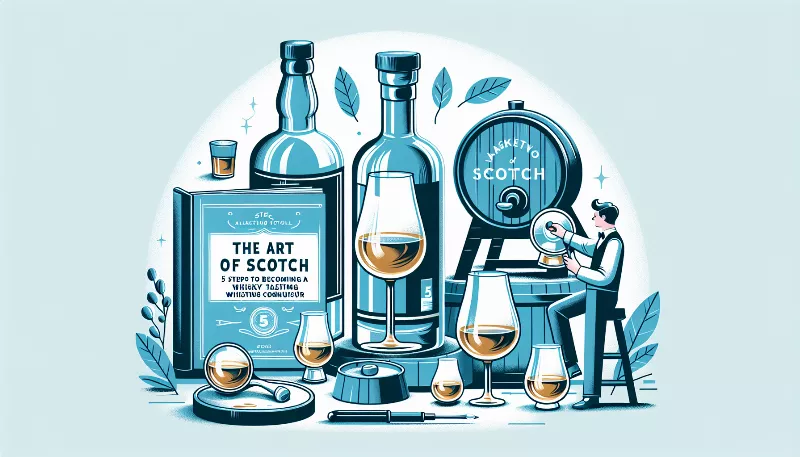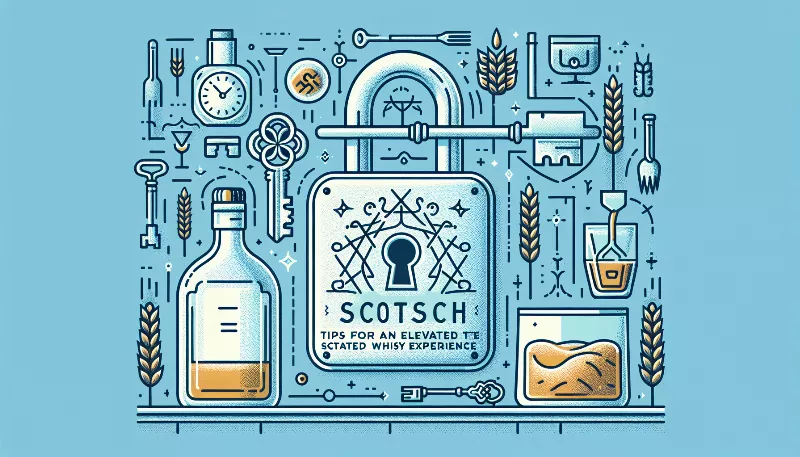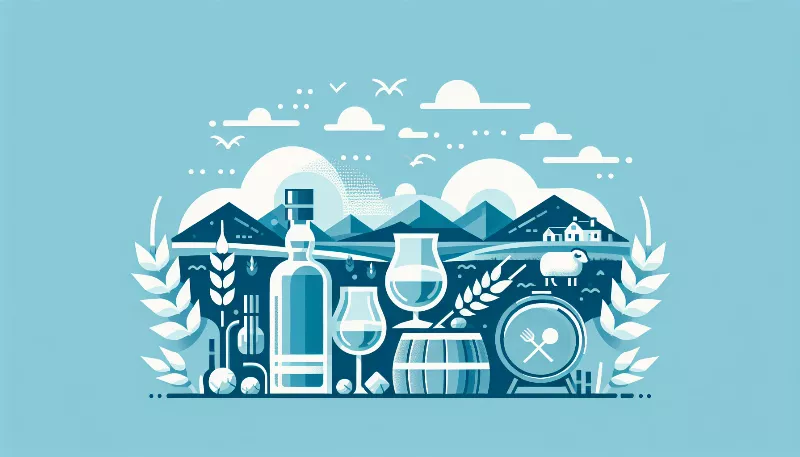What is the significance of the age statement on a bottle of Scotch?
Unlock the secrets of Scotch age statements! Learn how years shape flavor and quality in our expert guide to understanding whisky aging.

Unlocking the Mysteries of Time: The Age Statement
When you hold a bottle of Scotch whisky in your hands, you're not just holding a beverage; you're cradling a vessel of time. The age statement emblazoned on the label is much more than a number—it's a testament to patience, a narrative of maturation, and a key to understanding the liquid biography within. But what does this number truly signify, and why does it matter so much to connoisseurs and casual sippers alike?
The Legalities of Ageing: A Guarantee of Minimum Maturation
In the world of Scotch whisky, age statements are not mere suggestions; they are legally binding declarations. According to Scottish law, the age statement on a bottle must reflect the youngest whisky in the blend. This means that if a bottle says '12 Years Old,' every drop of Scotch inside has been aged in oak barrels for at least 12 years. It's a guarantee of quality and a promise of a certain level of complexity that comes with time.
The Flavor Journey: How Age Influences Taste
As Scotch whisky ages, it undergoes a remarkable transformation. The interaction between the spirit, the wood of the cask, and the environment of the distillery's warehouses contributes to the development of a rich tapestry of flavors and aromas. With each passing year, the whisky evolves, gaining depth, character, and smoothness. An older Scotch often presents a more nuanced profile, with layers of taste that can include anything from vanilla and caramel to dark chocolate and dried fruit. The age statement gives enthusiasts a clue about the flavor journey they're about to embark upon.
The Rarity Factor: Why Older Might Mean Pricier
Scotch whisky that has been aged for longer periods is often rarer and, as a result, more expensive. This is due to several factors, including the 'angel's share'—the portion of whisky that evaporates from the cask each year. As time marches on, less whisky remains, making those extra-matured bottles more scarce and sought after. Collectors and aficionados prize these older expressions not just for their complexity, but also for their exclusivity.
Age is Just a Number: The Young Whisky Argument
While age statements can indicate a richer experience, they are not the sole determinant of quality. Many distilleries produce exceptional Scotch without an age statement, known as 'No Age Statement' (NAS) whiskies. These expressions allow master blenders to craft unique profiles by combining whiskies of various ages to achieve a desired flavor, rather than being constrained by a minimum age requirement. So, while the age statement is significant, it's important to remember that it's one of many factors that contribute to the overall enjoyment of Scotch whisky.
Conclusion: A Toast to Time
The age statement on a bottle of Scotch is a fascinating feature that offers insight into the spirit's journey from grain to glass. It signifies legal adherence to maturation practices, hints at the flavor profile, and often correlates with rarity and value. Whether you're drawn to the allure of a well-aged dram or the innovative blends of NAS offerings, the age statement serves as a starting point for exploration and appreciation of the storied world of Scotch whisky. So, raise your glass to the significance of age—it's not just a number, it's a narrative of craftsmanship and heritage.

